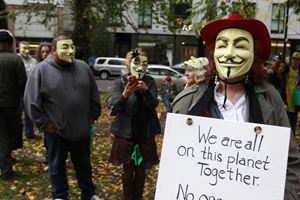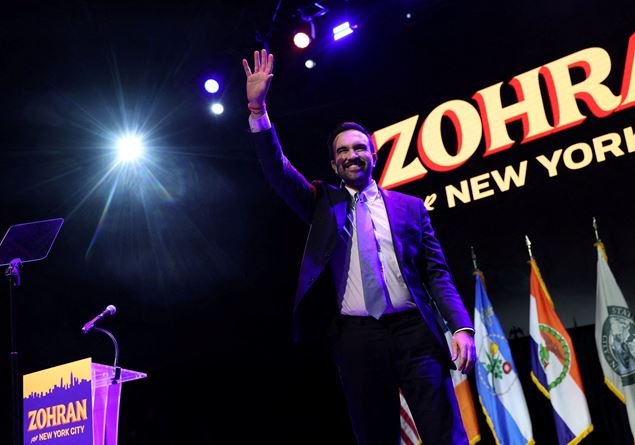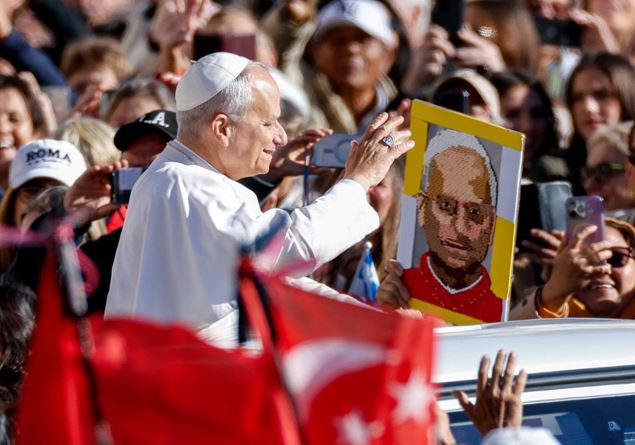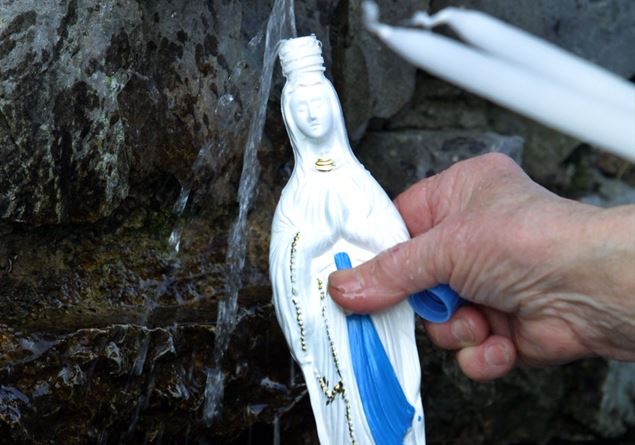In Indonesia, in the weeks preceding the celebrations for independence, something unexpected began to peep out of balconies, gates and even on some trucks: not the classic national red-white, but the skull with the straw hat of One Piecethe manga that has conquered millions of readers in the world. The symbol of Monkey D. Luffy crew was taken up by artists, students and activists as an emblem of discontent towards the government on the themes that most bite the Indonesian society – unemployment, corruption, economic policies considered unbalanced – and the apparent distance between the official rhetoric And the daily life of the people. According to the chronicles, the use of banner has mostly exploded on social media and in small performative acts, played by many participants as satire, not as an invitation to violence, but the reaction of the authorities was clear: in some provinces the symbols were seized and parliamentarians have invoked measures against what is described as an offense to national unity.
Indonesia © Reuters
If you look at the genesis of the choice, it is not just an aesthetic habit. One Piece It tells stories of rebellion, of communities that organize itself outside the constituted powers and idealism that resists injustices; The joker-gureer with straw hat has therefore become a ready-made vector, a symbolic language that the generation of digital natives can activate in a few hours. This type of cultural transfer – from entertainment product to public symbol – is not newbut its strength lies precisely in the speed with which an image can circulate, become viral and become a flag of concrete requests.
The language of images
The spread of pop symbols in the protest has a technical and psychological logic. A powerful image is immediately recognizable on feed: travel, replicate, creates collective identity without the need for posters or long speeches. For participants, The advantage is twofold: lowers the entrance threshold (wearing a mask, raising an umbrella, hanging a flag are simple gestures) and offers a form of symbolic protection – The playful dimension dampens fear, makes it more “shared”. For governments, however, the same lightness may appear as an insidious challenge, because it obscures the line between fun and organized dissent and puts in difficulty calibrated institutional responses.

Protests with umbrellas in Hong Kong © Ansa
Not an isolated phenomenon: when pop becomes politics
Recent history offers many examples of this dynamic, and by observing them together you can see a map of recurring meanings. In 2014 in Hong Kong the umbrella, initially used as a shelter against the spray and tear gas, turned into the tool-sign of the “Umbrella Movement”: a daily object taken as a symbol of non -violent defense and democracy request, which allowed to condense a long and complex protest in a single image recognizable everywhere.
In the heart of Europe, In 2020, the Belarusian protest contributed to redefining a chromatic code: white clothes, tapes and flowers became the sign of a peaceful mobilization and, together, of a refusal of state violence. The historical-national-national flag-white-white, forbidden and then exhibited, assumed the statute of symbol of belonging alternative to that of current power, testimony to how a color can transmit legitimacy and collective memory.
In Thailand and then in Myanmar the scene changed and moved to the gesture: the three -finger greeting, borrowed from The Hunger Gamesbecame the signal of a prodermocratic protest capable of speaking to young people and hooking to an international symbolic repertoire; His strength was in the simplicity and ability to convey the request for freedom, equality and fraternity in contexts in which public exposure is risky and often penalized.

Protests in Thailand and Myanmar © Reuters
Occupy’s mask: anonymity, image identity and marketing
A paradigmatic case, often evoked when it comes to pop symbols in the squares, is The mask inspired by Guy Fawkes – the stylized face made famous by the graphic novel V for revenge and from the film of the same name – which was adopted first by the Anonymous collective and then by the squares of Occupy Wall Street. The object summarizes in itself more layers of meaning: protective anonymity against retaliation, identification with an anti-institutional revolt narration and paradoxically also an element that lends itself to consumption: the mask was produced in millions of copies by large publishers and resold as gadgets, which highlights the double nature of these symbols, capable at the same time to contest the economic power and to be incorporated by its market logic. The history of the mask shows how an image of pop culture – born on paper and on the screen – can turn into a global political practice.

Occupy Wall Street © Reuters
Ambiguity and risks: when the symbol turns against those who use it
Using pop culture as a grammar of protest involves advantages and pitfalls. Among the main risks is the exploitation: a shared symbol can be appropriate from different or even contradictory currents, thus losing its original charge and becoming the object of commercial exploitation or propaganda. Then there is the risk of the state reaction: what is born as an ironic or creative gesture can be read as an act of sedition and therefore repressed, with the paradoxical effect of increasing the visibility of the message and transforming the author into martyr. Finally, the same virality can make the protest ephemeral: the image runs, the concrete fact remains to be resolved.
What do these signs tell us about this civic?
From a civic and pastoral point of view, the sequence of these events indicates more things together: a generation that finds a political language in mass culture; a policy often unable to listen to dissent if expressed in unconventional forms; It is a public sphere that is tinged with aesthetics to support real social requests. The stakes, for a secular or confessional society that holds to the common good, is to recognize that behind the flag of One Piecebehind Guy Fawkes’ mask or behind Hong Kong’s umbrella, there are not only tweets and memes, but people with faces, needs and hopes.
For this reason, the task of the institutions should not be the only repression of the symbol, but the opening of listening spaces that translate images into problems to be solved: work, justice, transparency, participation. If symbolic creativity is a bridge, it is then necessary to cross it with concrete policy; Otherwise the viral photo of the day remains and nothing changes in people’s lives.

Indonesia Protests © Screenshot CNN Indonesia
An invitation to prudence and empathy
The signs are necessary: the Christian tradition itself has always teaches it – bread, light, gesture are worth more than a thousand words. But the signs must be interpreted. In front of a new flag or a mask that occurs from a balcony, the first question to ask is not so much what you want to communicate the image itself, but who are the people behind that gesture and what concrete needs claim answers. Only in this way does the symbolic language become a means of reconciliation and does not fuse of further conflict.










